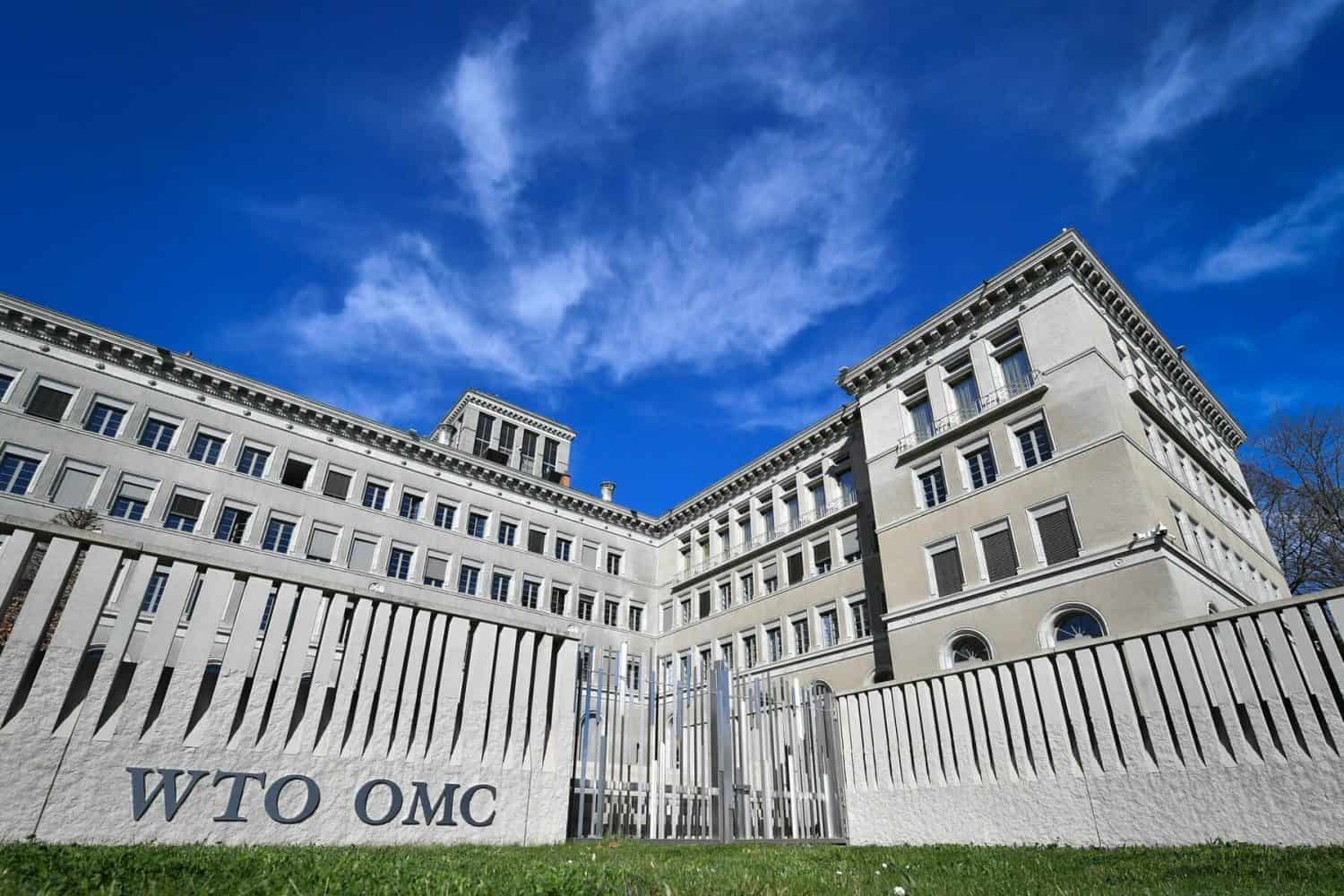The World Trade Organization on Monday revised up its forecast for global goods trade growth in 2021 to 10.8%, up from 8% it had projected in March following resurgence of global economic activity in the first half of 2021 that has lifted merchandise trade above its pre-pandemic peak.
The forecast projects export volume growth in 2021 will be 9.3% in the Middle East.
Supply-side issues such as semiconductor scarcity and port backlogs may strain supply chains and weigh on trade in particular areas, but they are unlikely to have large impacts on global aggregates. The biggest downside risks come from the pandemic itself.
Behind the strong overall trade increase, however, there is significant divergence across countries, with some developing regions falling well short of the global average.
“Trade has been a critical tool in combating the pandemic, and this strong growth underscores how important trade will be in underpinning the global economic recovery,” Director-General Ngozi Okonjo-Iweala said in a statement Monday.
“But inequitable access to vaccines is exacerbating economic divergence across regions. The longer vaccine inequity is allowed to persist, the greater the chance that even more dangerous variants of COVID-19 will emerge, setting back the health and economic progress we have made to date.”
The Director-General urged the members to come together and agree on a strong WTO response to the pandemic in the run-up to the 12th Ministerial Conference which would provide a foundation for more rapid vaccine production and equitable distribution.
“This is necessary to sustain the global economic recovery. Vaccine policy is economic policy – and trade policy,” she said.
The large annual growth rate for merchandise trade volume in 2021 is mostly a reflection of the previous year’s slump, which bottomed out in the second quarter of 2020. If the second half of this year pans out as expected, world merchandise trade will be up 4.9 percent compared to 2019, the forecast said.
Trade volume growth is set to be accompanied by market-weighted GDP growth of 5.3 percent in 2021 and 4.1 percent in 2022 (revised up from 5.1% and 3.8 percent previously), the forecast projects.
“GDP growth has been spurred on by strong monetary and fiscal policy support, and by the resumption of economic activity in countries that have been able to deploy COVID-19 vaccines at scale,” the WTO said.
The current trade projections, according to the forecast, imply that the ratio of trade growth to GDP growth will rise to 2.0:1 in 2021 before falling back to 1.1:1 in 2022.
“If the current forecast is realised, by the final quarter of 2022 Asia’s merchandise imports will be 14.2% higher than they were in 2019,” the report said.








